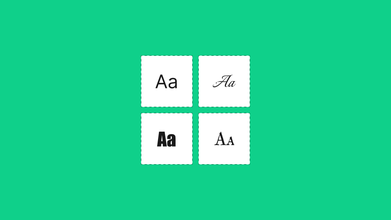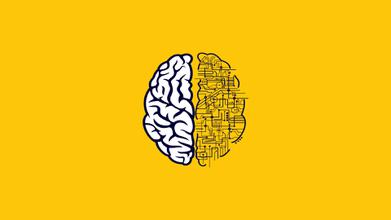Top 10 HTML and CSS Projects Ideas For Beginners
May 11, 2022 9713 seen
What To build with HTML and CSS?
HTML (HyperText Markup Language) and CSS (Cascading Style Sheets) are the building blocks of websites, providing structure and styling to web pages. HTML allows you to include non-interactive elements like text and images and interactive elements like links, buttons, and videos. CSS allows you to style a website and make it responsive. This is possible thanks to the introduction of media queries in CSS3. With media queries, it is possible to determine the current device's width, height, and orientation. That means you can create a mobile-responsive website using only these two languages. CSS can also create animations by gradually changing an element's properties. You can also make flashy scrolling effects.
While working on HTML/CSS practice projects can help you build beautiful websites, you will most likely want to use JavaScript for more complex sites. JavaScript allows you to retrieve data from a database, manage application states, and quickly add interactive elements such as a slider.
We'll discuss some great ideas to try.
Landing Page
A landing page is another good project you can create with HTML and CSS, but it requires a strong understanding of these two building blocks. When creating a landing page, you will need to be creative. You will learn how to add a footer and header, create columns, align items, divide sections, etc. It would be best to use CSS with caution so that different elements do not overlap. You will also be in charge of color schemes, padding, margins, and the space between sections, paragraphs, and boxes. Color schemes for different sections or backgrounds should complement one another. You can get assistance from the link provided below.
Portfolio or Simple Personal Website
A simple website can show potential employers your projects and practice writing markup and creating stylesheets. A website builder, such as WordPress or Squarespace, can assist you in getting started; you can even add custom CSS to personalize it and test your skills.
If you want to focus on markup and styling, you can keep the design simple.
Technical Documentation
You can create a technical documentation webpage if you know a little bit of Javascript. It is necessary to be familiar with HTML, CSS, and basic javascript. Separate the entire page into two sections. The left side generates a menu that lists all topics from top to bottom. On the right side, you must include the documentation or description for the topics. The idea is that when you click on one of the topics in the left section, the content on the right should load. You can use either javascript or CSS bookmarks for clicking. You don't have to make it too fancy; give it a decent and straightforward appearance appropriate for technical documentation.
Form
Understanding how to combine interactive controls to create a form is instrumental in web development. This is also an opportunity to demonstrate your UX and UI skills by making the form accessible, deciding on placeholder helper text, and creating labels for form fields.
Animation
Using only HTML CSS, will it still be an animation? Yes, it is feasible! Create shapes and animations to break down data or make your website feel more interactive to put your CSS knowledge to the test. For example, when a user hovers over an element, you can use an animation.
Here are some animation concepts to consider:
-
Hover interactions for your website to inform the user of their location
-
An animation to welcome your visitors
Photography Site
You can create a one-page responsive photography site if you are well-versed in HTML5 and CSS3. For responsiveness, use flexbox and media queries. Put the company name and an image on top (landing page). Showcase your work below by including multiple images. At the bottom, include the photographer's contact information (footer). Create a button for viewing your work. It would be best to consider the margin, padding, color combination, font size, font style, image size, and button styling.


